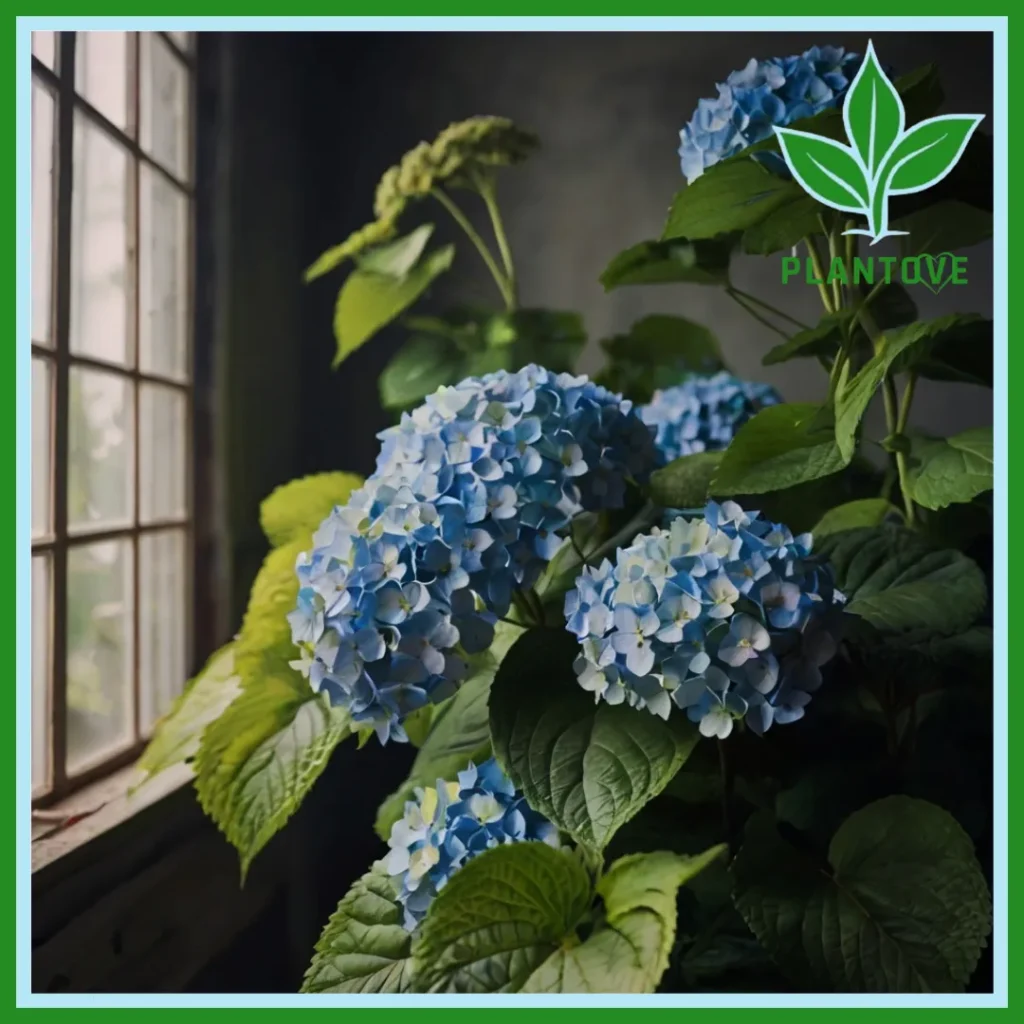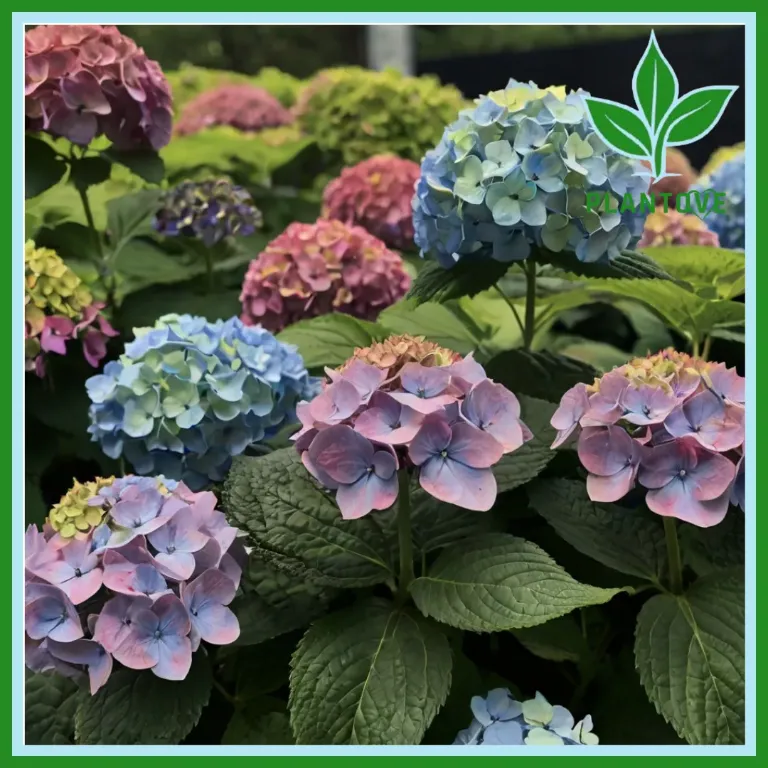Hydrangea plants are beloved for their stunning blooms and versatility in the garden. With large, showy flowers and a variety of colors, these plants make a beautiful addition to any landscape. Whether you’re new to gardening or an experienced horticulturist, learning more about hydrangea plants can enhance your garden and give you insights into their care. In this guide, we’ll explore everything you need to know about hydrangea plants—from their types, care needs, and propagation, to common issues and solutions.
What are Hydrangea Plants?
Hydrangeas are a group of flowering plants native to southern and eastern Asia, as well as the Americas. These plants are famous for their large clusters of flowers, which come in various shapes and colors. Hydrangeas are often grown as shrubs, but some species can be grown as small trees or climbing vines.
Hydrangea Flowers and Colors
One of the most intriguing aspects of hydrangea plants is their ability to change flower colors based on the soil’s pH level. In some species, like the Bigleaf hydrangea (Hydrangea macrophylla), the flowers can change from pink to blue or purple, depending on how acidic or alkaline the soil is.
- Alkaline soil (pH above 7.0): Tends to produce pink or red blooms.
- Acidic soil (pH below 6.0): Produces blue or purple blooms.
- Neutral soil (pH between 6.0 and 7.0): The flower color will remain somewhere between pink and blue.
This unique characteristic makes hydrangea plants a popular choice for gardeners who want to experiment with different flower colors.
Types of Hydrangea Plants
There are many types of hydrangeas, each with its own unique characteristics and care requirements. Understanding the differences can help you choose the best variety for your garden.
1. Bigleaf Hydrangea (Hydrangea macrophylla)
Bigleaf hydrangeas are the most commonly grown type. They are known for their large, round flower heads and come in two sub-varieties:
- Mophead Hydrangeas: These have large, rounded flower clusters that resemble pom-poms. They’re the most common variety and are often the ones people refer to when they mention hydrangeas.
- Lacecap Hydrangeas: These have flatter flower heads with a center of small, fertile flowers surrounded by larger, sterile blooms. The overall appearance is more delicate than mophead varieties.
2. Panicle Hydrangea (Hydrangea paniculata)
Panicle hydrangeas have cone-shaped flower clusters. Unlike bigleaf hydrangeas, panicles prefer full sun and are more tolerant of cold weather. They typically bloom in mid-summer and are known for their white or light pink flowers, which can darken to a deeper pink or red as they age.
3. Smooth Hydrangea (Hydrangea arborescens)
Smooth hydrangeas are native to the United States and are often known for their large, white blooms. A popular cultivar is ‘Annabelle,’ which produces large, spherical clusters of white flowers. These plants thrive in partial shade and can tolerate more sun than other hydrangeas if they’re kept well-watered.
4. Oakleaf Hydrangea (Hydrangea quercifolia)
Named for its distinctive oak-shaped leaves, the oakleaf hydrangea is prized for both its flowers and foliage. In addition to its attractive white blooms, which often turn pink as they mature, the leaves of this plant change to vibrant shades of red and purple in the fall. Oakleaf hydrangeas prefer shady spots in the garden.
5. Climbing Hydrangea (Hydrangea anomala subsp. petiolaris)
Climbing hydrangeas are unique in that they can grow as vines, reaching heights of up to 60 feet. They have large, lacecap-style blooms and can be used to cover walls, fences, or even trees. These hydrangeas prefer shaded locations and require strong support structures.
How to Plant Hydrangea Plants

Proper planting is crucial to ensuring that hydrangea plants thrive in your garden. The process is straightforward, but attention to detail is key.
Choosing the Right Location
Hydrangeas prefer a spot that gets morning sun and afternoon shade. While some varieties can tolerate full sun, most will perform best with partial sunlight, especially in warmer climates. If you live in a cooler region, hydrangeas may tolerate more sun exposure.
Preparing the Soil
Hydrangeas prefer well-drained, fertile soil. Before planting, enrich the soil with organic matter like compost or well-rotted manure to improve its texture and fertility. Remember that the soil’s pH can affect the color of the blooms, so you may want to test the soil before planting.
- Acidic soil for blue flowers.
- Alkaline soil for pink flowers.
Planting the Hydrangeas
- Dig a hole that is twice the width of the root ball but no deeper than the plant was growing in its nursery container.
- Place the hydrangea in the hole, making sure the top of the root ball is level with the ground.
- Backfill with soil, pressing down lightly to remove air pockets.
- Water thoroughly after planting to help the plant establish its roots.
Caring for Hydrangea Plants
Once your hydrangea plants are in the ground, proper care will ensure they flourish for years to come.
Watering
Hydrangeas are moisture-loving plants, so consistent watering is essential. They thrive in soil that is kept evenly moist but not waterlogged. During hot, dry weather, you may need to water your hydrangeas more frequently.
- Tip: Apply mulch around the base of the plant to help retain moisture and regulate soil temperature.
Fertilizing
Hydrangeas benefit from being fertilized twice a year. In the early spring, use a balanced, slow-release fertilizer to encourage healthy growth. A second application in mid-summer can promote vibrant blooms. Avoid over-fertilizing, as this can lead to excessive leaf growth at the expense of flowers.
Pruning Hydrangeas
The type of hydrangea you grow will determine how and when to prune. Pruning helps maintain the shape of the plant, encourages healthy growth, and promotes flowering.
- Bigleaf and Oakleaf Hydrangeas: These bloom on old wood, so pruning should be done right after the flowers fade in late summer or early fall. Avoid cutting back too much, as this can reduce the number of blooms for the next year.
- Panicle and Smooth Hydrangeas: These bloom on new wood and can be pruned in late winter or early spring before new growth begins. These types are more forgiving and can be cut back more aggressively if needed.
Mulching
Mulching around the base of hydrangea plants helps retain soil moisture and regulate temperature. Organic mulches like wood chips or shredded bark are best. Apply a 2-3 inch layer around the plant, but be sure to keep the mulch away from the base of the stem to prevent rot.
Propagating Hydrangea Plants
Hydrangeas can be easily propagated through cuttings, allowing you to expand your garden or share plants with others.
How to Propagate Hydrangeas
- Choose a healthy stem: Select a non-flowering stem from a healthy hydrangea plant. The stem should be green, flexible, and about 6 inches long.
- Prepare the cutting: Using clean, sharp scissors, cut the stem just below a set of leaves. Remove the lower leaves, leaving only a few pairs at the top.
- Root the cutting: Dip the cut end in rooting hormone (optional) and plant it in a small pot filled with a mixture of sand and peat moss. Water the cutting well and cover it with a plastic bag to create a humid environment.
- Care for the cutting: Place the pot in a warm, bright spot, but out of direct sunlight. Keep the soil moist and wait for roots to develop, which usually takes a few weeks. Once the cutting has rooted, it can be transplanted to the garden.
Common Issues with Hydrangea Plants
While hydrangeas are generally hardy plants, they can occasionally suffer from problems. Here are some common issues and solutions:
1. Wilting Leaves
Wilting can occur if hydrangea plants are either overwatered or underwatered. Ensure the soil is well-drained and water consistently. In hot weather, plants may wilt temporarily during the day, even if the soil is moist, but they should recover by evening.
2. Yellow Leaves
Yellowing leaves can be a sign of poor drainage, nutrient deficiency, or overwatering. Improving the soil with organic matter and ensuring proper watering habits can resolve this issue.
3. Pests and Diseases
Hydrangeas can be susceptible to pests like aphids, spider mites, and scale insects. Fungal diseases like powdery mildew and leaf spot can also occur, especially in humid conditions. Regular inspection and appropriate treatments—like neem oil or insecticidal soap—can help keep these problems at bay.
Conclusion
Hydrangea plants are a versatile and beautiful addition to any garden. With a variety of types to choose from, each offering unique characteristics, these plants can provide stunning blooms from spring through fall. By understanding their needs in terms of soil, light, watering, and pruning, you can enjoy a thriving hydrangea garden year after year. Whether you’re just starting out or looking to expand your knowledge, hydrangea plants are sure to captivate your gardening journey.

